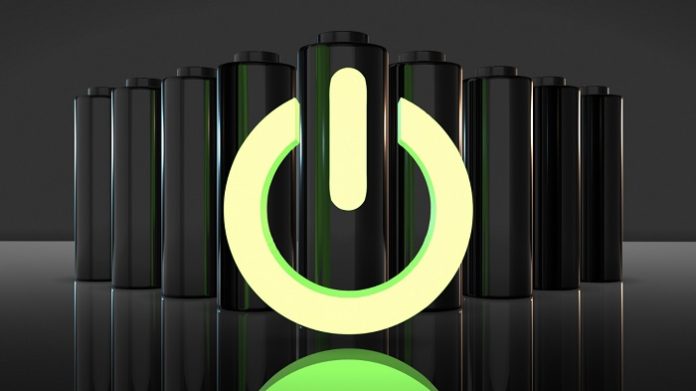Whenever we think of Electric vehicles, we think of batteries first. Among all the options available for batteries, Li-ion is the most widely used battery. Batteries are one of the most crucial components of an electric vehicle (EV) and have a direct bearing on the range, duration, and in fact cost of the EV. Over the years, steady improvements in battery technology have helped make EVs increasingly commercially viable. Lithium-ion (li-on) being the dominant one today, offers benefits like high energy density that make it ideally suited for EVs. However, the technology has a few drawbacks too, namely safety issues, one of the major is “thermal management” which has been in the headlines for a long and the other is its’ raw material which is available but not at an affordable cost.
While one thing paves the way to hindrance, we have to look for alternatives. Solid-state batteries (SSBs) present a promising alternative to Li-ion batteries. It avoids many of the issues of li-ion batteries and can save space by removing extensive thermal management set-ups. Despite being a good catch in place of Li-ion, SSBs are still a nascent technology. But they certainly show a lot of potentials which is why major automotive makers like Ford, Honda, and Nissan have all invested in SSB technologies.
Look into the Old
How does Li-ion capture the market slowly? Li-ion batteries have a much higher energy density than typical lead-acid or nickel-cadmium rechargeable batteries, thereby improving their energy efficiency, charge capacity, and self-discharge rate. There is continuous research going on not only to make it high performance but effective on the pocket too.
Li-ion has definitely traveled a long way in the industry but is yet to reach the top. Li-ion is composited through a combination of lithium, nickel, and cobalt, lithium is the lightest of all metals and has the highest electrochemical properties. While some of the elements required are mined in the country which almost creates a dead environment for the people nearby and if it is exported from outside from a country like China, it is condemning the geopolitics and our approach to the “self-Reliant” India.
Talking of technological Limitations, the technology functions by using a liquid or gel electrolyte within which the ions can move between the cathode and anode to carry charge. This means that li-on cells do not like being overcharged or fully discharged. For instance, if overcharged then the rising voltage can lead to unstable conditions inside the battery such as increased pressure and thermal runaway. Thus, safety limits on the levels of current must be maintained. Some battery management systems even cut-off power once fully charged.Thus, Li-ion needs a prevalent thermal management system.
Thermal management is a particular issue during peak loads and charging, which is why many smartphones heat up when used for intensive gaming or while charging. In regions with higher temperatures like India, it becomes more prominent. With the demand for high wattage fast charging in both EVs and smartphones, manufacturers have had to develop new technologies and designs to account for the additional heat generated.
The Advent of Solid-State Batteries & the Upswing
The emergence of Solid-state batteries is a potential alternative to li-on batteries. It uses solid electrolytes, unlike the liquid or gel electrolytes used in li-on batteries. The absence of a liquid electrolyte makes SSBs less volatile to heat and pressure. This erases the most complex drawback of Li-ion i.e “Thermal Management” which makes the cost and management of li-ion more complex and costly. It is found that the battery performance of SSBs is known to improve with temperature increases.
Certainly, solid-state batteries are the next barrier to break. Volkswagen and Mercedes, now Honda and first Toyota, have been hailing it as the holy grail. “The first car maker to bring solid-state batteries to series production will enjoy a crucial competitive advantage,” said Thomas Schmall, CEO of Volkswagen Group Components.
With the recent fire outbreaks, SSBs are the best alternative available that features required to make a good EV battery as they have a high energy density, and thermal stability and are lightweight. The plus bonus is its size, SSB can be a fraction of the size of a li-on battery with an equal capacity. Additionally, since they don’t require extensive thermal management systems
SSBs are not a new technology as they have been used in smaller devices such as pacemakers and smartwatches for years. However, despite their promising features, SSB applications for EVs are still new, especially for battery-powered EVs (BEVS). The technology is still experimental, especially for larger devices and EVs. That being said, experts predict that the actualization of the technology may occur as early as 2030.








